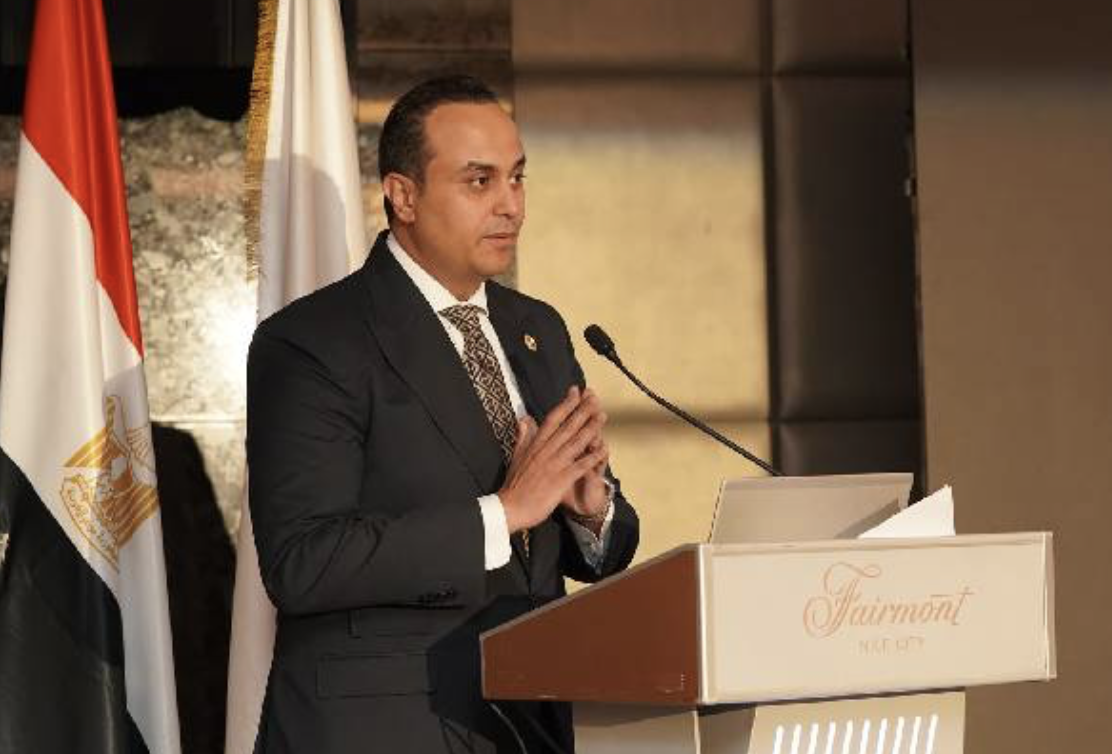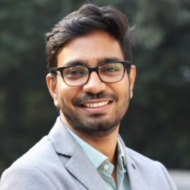The Egypt Healthcare Authority, in partnership with JICA, has launched the E-PaCC project to expand patient-centred care by 2027, as part of Egypt’s broader healthcare reform. This initiative, which includes international partnerships and advanced quality tools, builds on previous Egypt-Japan collaborations and aims to improve healthcare delivery for millions of citizens.
The Egypt Healthcare Authority (EHA), in partnership with the Japan International Cooperation Agency (JICA), has launched the E-PaCC project, a technical cooperation initiative running through 2027 to transform Egypt’s healthcare delivery toward universal health coverage. E-PaCC focuses on three core pillars to enhance the patient experience and aims to expand the patient-centred care model to 20 hospitals, 10 governorates, and over 500 primary healthcare units.
The first phase of Egypt’s healthcare reform delivered over 70 million services to more than 5 million citizens across six governorates. The second phase, starting in the 2025/2026 financial year, will add five governorates—Matrouh, Damietta, Kafr El-Sheikh, Minya, and North Sinai—covering 534 primary care units and 30 upgraded hospitals, serving 12 million people. The project features a twinning partnership between Ismailia Medical Complex and Nagoya Medical Centre in Japan, facilitating knowledge transfer and best practices.
Tools such as real-time safety monitoring (OVR) and “Patient Journey Dialogue” will be deployed to improve care quality. This initiative builds on a longstanding Egypt-Japan partnership, including previous JICA-supported programs that introduced Japanese quality models in Egyptian hospitals and trained over 1,200 medical professionals, aiming for a qualitative leap in healthcare services and sustainable system improvement.



